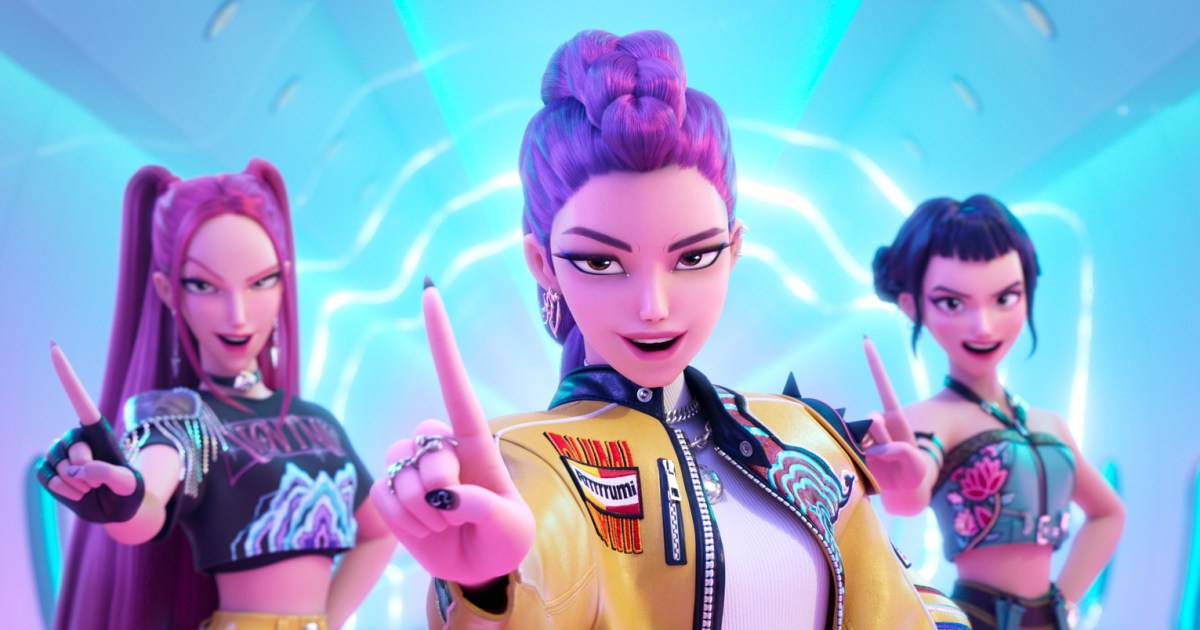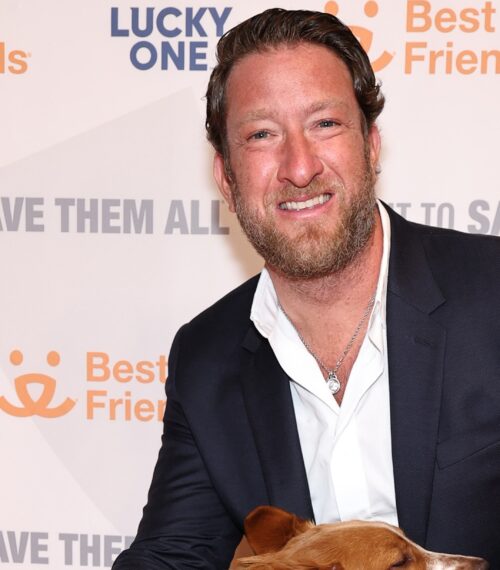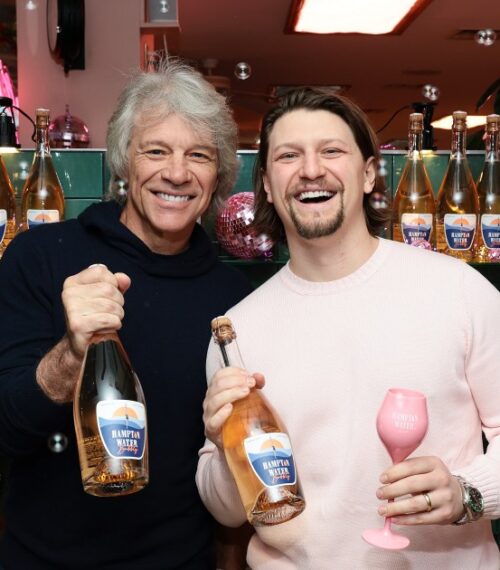Netflix’s record-breaking animated hit K-Pop Demon Hunters didn’t just deliver powerhouse songs and jaw-dropping action — it left viewers with a family mystery that’s primed to drive the franchise forward. Released in August 2025 and quickly becoming the streamer’s biggest movie ever, the film ended with trio Rumi, Mira, and Zoey stronger than ever, but it also raised crucial questions about Rumi’s parentage that the story pointedly doesn’t answer.
The biggest twist reveals Rumi is half-demon. That revelation recontextualizes her powers, deepens her personal arc, and reframes the entire battle between pop idols and the underworld. Yet the movie gives only a sliver of information about her mother, Mi-yeong Ryu — a legendary demon hunter before the rise of Huntr/X — and nothing concrete about her father. The result: a clean, compelling narrative runway for K-Pop Demon Hunters 2.
Rumi’s Half-Demon Reveal Leaves Her Parents A Major Blank
Rumi’s identity discovery is a franchise-shaping moment, and it lands because the film keeps the focus on her acceptance rather than the mechanics of her lineage. Still, the mythology begs to be explored. Mi-yeong Ryu’s name and reputation loom large, but the film avoids flashbacks or dossiers, hinting at a complicated past without spelling it out. If Mi-yeong operated a full generation before Huntr/X, there’s a rich prequel-era world — and potentially a different ethos of demon hunting — that the movie only teases.
As for Rumi’s father, the film presents a total blackout: no name, no brief glimpse, not even a stray line that confirms his fate. We know he was a full-fledged demon when he met Mi-yeong, which instantly raises thorny lore questions about forbidden relationships, bloodlines, and the rules of this universe. Rumi makes peace with her demonic side by the finale, but her family story is clearly unresolved.
Who Is Rumi’s Father? What The Movie (And Fandom) Actually Suggest
With the movie withholding hard facts, fans have filled the vacuum with theories. One popular Reddit idea posits a connection to Gwi-ma, but the text of the film doesn’t support it. As one theory puts it, “Some fans theorize Gwi-ma might be Rumi’s peepaw,” yet “he seems completely ignorant of her nature throughout the movie.” The series establishes shapeshifting as a possibility — the Saja Boys are a clear example of demons assuming swoony, human-adjacent forms — so in theory a demon could pass as a “sexy hunk.” But absent any recognition or breadcrumbs between Gwi-ma and Rumi, that link stays shaky at best.
What the movie does make clear is the timeline: Mi-yeong belongs to the generation before Huntr/X, which narrows the field of potential demonic players who could have crossed her path. It also creates an intriguing tonal contrast. If Rumi’s origin is tied to a clandestine romance rather than conquest or possession, K-Pop Demon Hunters 2 could interrogate the morality of a war that has always looked black-and-white on stage but might be a lot grayer in the wings.
Mi-yeong, Celine, And The Sunlight Sisters Set Up A Perfect Prequel Thread
Mi-yeong’s relationship to Celine — Rumi’s mentor and caretaker — hints at deep, possibly painful history. Artist Simon Baek revealed, “Early in K-Pop Demon Hunters’ development, a concept that wound up being scrapped was that Celine would have secretly killed Rumi’s mother.” It’s not canon, but the mere existence of that idea underscores how charged their backstory could be and how much narrative weight Mi-yeong still carries offscreen.
Another tantalizing breadcrumb is the original pop star hunter crew, the Sunlight Sisters. Even as a name-drop, it frames a prior era of idol-defenders with its own dynamics, rivalries, and signature moves. Exploring that team could show how Mi-yeong rose to legendary status, what rules she broke, and how a demon captured her heart in the first place — all while expanding the performance-forward action that gives the movie its energy.
How A Sequel Or Spinoff Can Answer The Biggest Unanswered Question
The franchise already has a built-in emotional detonator: the ambiguity around Mi-yeong’s fate. A Netflix press release once claimed Mi-yeong died in childbirth, but the movie never confirms that onscreen. If she’s alive — or exists in some spiritual or demonic form — her return would instantly raise the stakes for Rumi and complicate every relationship around her, especially with Celine. If she truly died, uncovering the circumstances could be just as seismic, testing Rumi’s hard-won acceptance and pushing the team into darker territory.
For a sequel, the cleanest path is also the most resonant: give Rumi answers. Identifying her father would deepen the lore without contradicting what’s already established, and charting Mi-yeong’s past would spotlight the rules (and exceptions) of human–demon bonds. That story naturally pairs with the franchise’s biggest strengths — kinetic battles, intricate choreography, and anthemic pop performances — by structuring key revelations around arena-scale set pieces and face-offs with demons tied directly to Rumi’s bloodline.
Even without an official logline, the franchise’s roadmap is clear from what the film withholds. Rumi’s identity has been reframed; now the mythology has to catch up. Whether through K-Pop Demon Hunters 2 or a Sunlight Sisters prequel, the saga has the rare opportunity to make a lore drop feel like a mic drop — and to turn the franchise’s most personal mystery into its biggest stage.















































































































